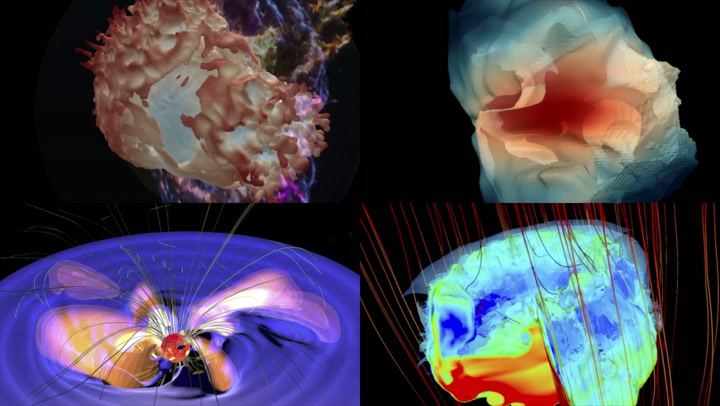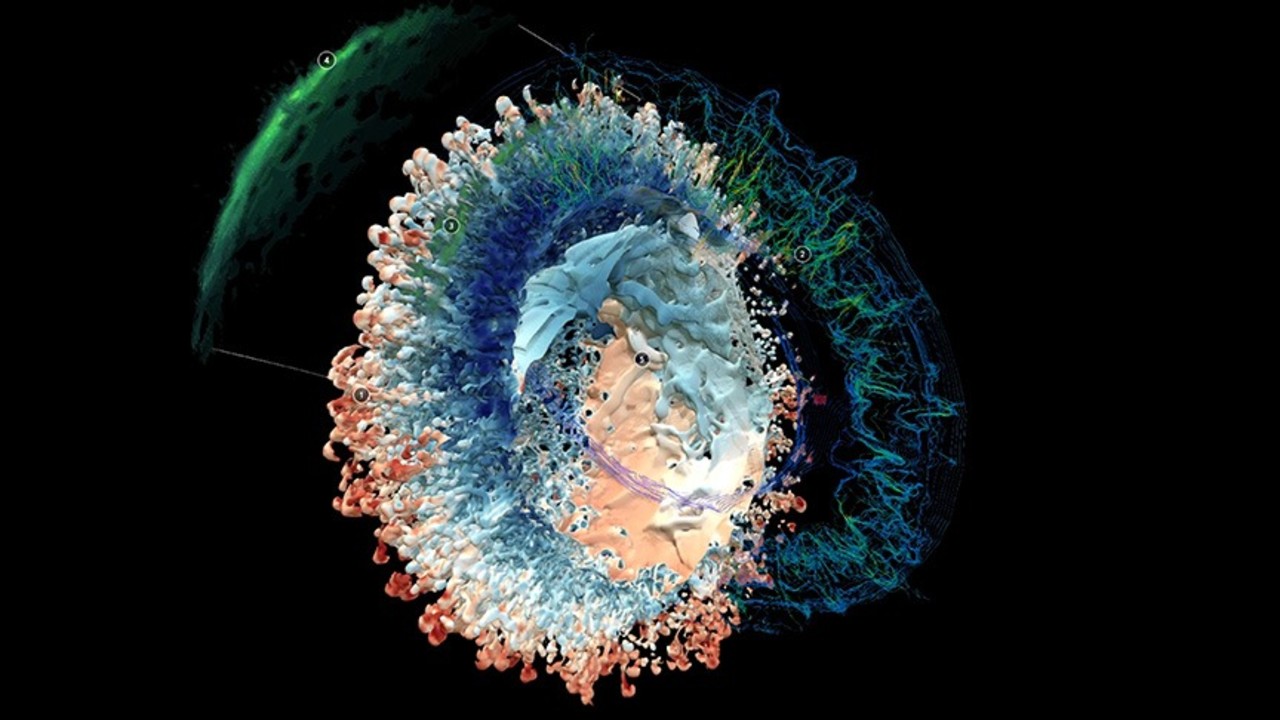Using cutting-edge theoretical models and data from NASA's Chandra X-ray Observatory, scientists have transformed astronomical observations into detailed 3D models of cosmic objects — models that anyone can explore virtually or even bring to life with a 3D printer.
Perched in orbit more than a third of the way to the moon, the Chandra Observatory is the most powerful X-ray telescope ever built. Since its launch in 1999, Chandra has allowed scientists to peer into some of the universe's most extreme environments, from the turbulent remnants of exploded stars to the superheated gas swirling around black holes.
While its images can be breathtaking, they're typically flat snapshots of vast, complex structures. By turning these observations into 3D forms, researchers are opening up new ways for people to connect with the universe — allowing students, educators and the visually impaired to feel the shape of a supernova remnant or hold a black hole's surrounding environment in their hands.

"The four new 3D printable models of Cassiopeia A (Cas A), G292.0+1.8 (G292), Cygnus Loop supernova remnants, and the star known as BP Tau let us experience the celestial objects in the form of physical structures that will allow anyone to hold replicas of these stars and their surroundings and examine them from all angles," write NASA scientists on the agency's website.
It's a new frontier in making space more immersive, accessible, and real. Let's dive into a few of my favorites.
Cassiopeia A (Cas A)
Within the Cassiopeia constellation, scientists discovered a mysterious feature they call the "Green Monster."
This unusual, green-colored structure emits intense infrared radiation and has puzzled astronomers working to understand its origins. Early theories based on combined data with Chandra suggest it may be the result of a powerful blast wave — a remnant from an ancient stellar explosion or supernova. This wave could have interacted with surrounding gas and dust, producing the striking green hue and the intense energy emissions that make it such an enigma in the cosmic landscape.
BP Tau
This 3D model represents BP Tau, a young star just a few million years old that's still in the early stages of its stellar development. Surrounding the star is a rotating disk of gas and dust, a common feature in the formation of stars. The model captures the dynamic interaction between BP Tau and its environment, highlighting dramatic flares — intense bursts of energy — detected by NASA's Chandra X-ray Observatory.
These flares, emanating from the star's surface, interact with the surrounding disk of material, causing the formation of a hot, extended outer atmosphere. This atmosphere is made up of loops of heated gas, which connect the star to the disk, creating a complex, energetic system. The model offers a detailed look at this crucial phase of stellar evolution, where high-energy events shape the star's growth and its surrounding environment, offering valuable insights into the processes that govern the birth and early life of stars like BP Tau.
The Cygnus Loop
The Cygnus Loop, also known as the Veil Nebula, is a stunning and intricate remnant of a massive star's violent death. Located about 2,000 light-years away in the constellation Cygnus, this expansive nebula is the result of a supernova explosion that occurred around 10,000 to 20,000 years ago.
As a complex network of expanding gas and heated material, the Cygnus Loop offers astronomers a window into the dynamic processes of stellar evolution, showing us how the death of a star can give birth to some of the universe's most beautiful and intricate structures.
G292.0+1.8
G292.0+1.8 is a fascinating and relatively young supernova remnant located about 20,000 light-years away in the constellation Centaurus. The remnants of a massive star that exploded in a powerful supernova, G292.0+1.8 is distinguished by its unusual combination of both synchrotron radiation and the remnants of heavy elements like oxygen, sulfur and iron.
What makes G292.0+1.8 particularly intriguing is the presence of a neutron star at its center, which is rapidly spinning and emitting X-rays. The complex structure of the remnant, with intricate filaments of gas and shockwaves, offers scientists valuable insights into the aftermath of a star’s death and the processes that govern the evolution of stellar explosions, making G292.0+1.8 a key object of study in understanding the lifecycle of stars and the dynamics of supernova remnants.
.png)
 German (DE)
German (DE)  English (US)
English (US)  Spanish (ES)
Spanish (ES)  French (FR)
French (FR)  Hindi (IN)
Hindi (IN)  Italian (IT)
Italian (IT)  Russian (RU)
Russian (RU) 









Comments